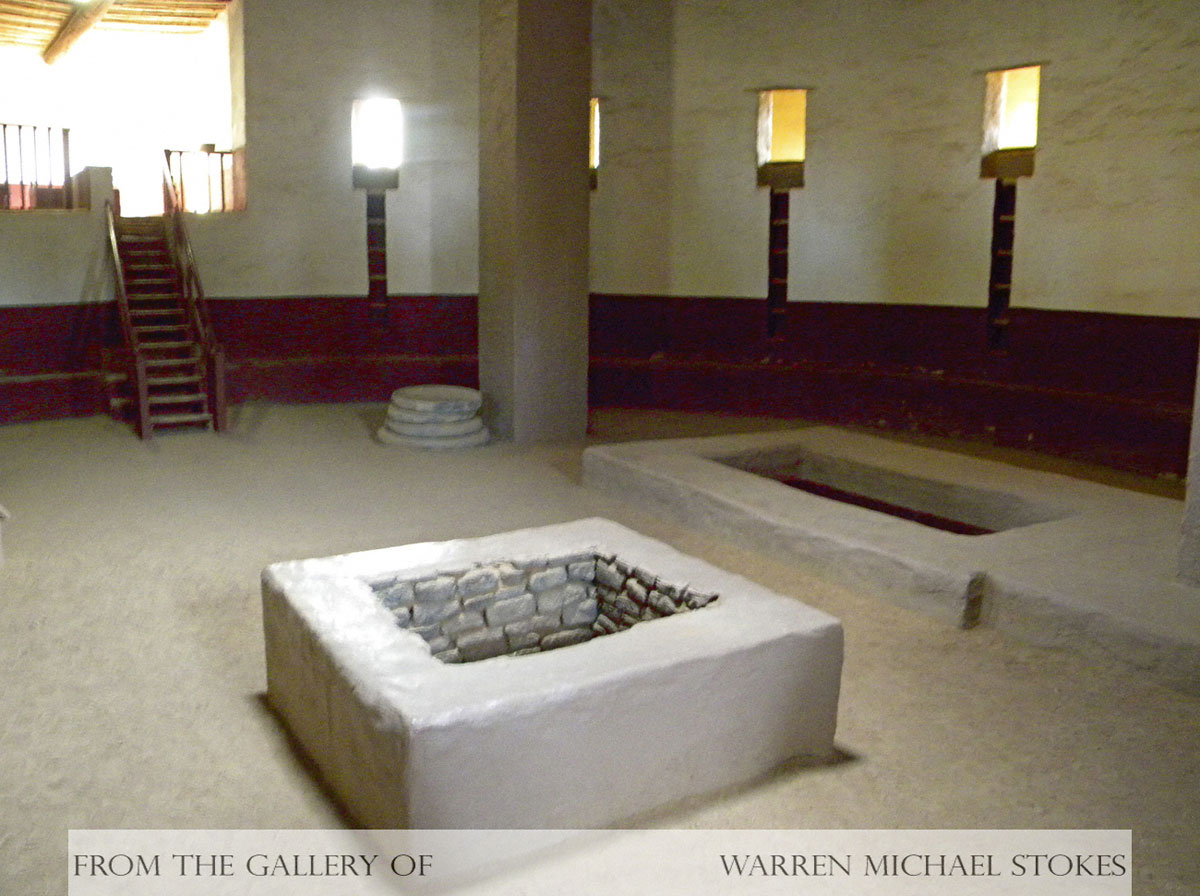
Aztec Ruins National Monument
Aztec Ruins National Park is situated on the north bank of the Animas River in Aztec, New Mexico. This pueblo was constructed between 1110 and 1120 AD, and at its peak contained 405 rooms and 28 kivas. The ruins extend for several miles down the sides of the Animas River.

Canyon de Chelly
Canyon de Chelly was first occupied by the Kayenta Anasazi (Ancestral Pueblan) people sometime around 1000 BC. The narrow canyon is 1,000 feet deep and amazingly beautiful. Over thousands of years the Rio Chelly and other streams have eroded sandstone leaving the canyon walls streaked in a crust of manganese and iron oxide. As a result, the rock is rich with red and yellow colors.
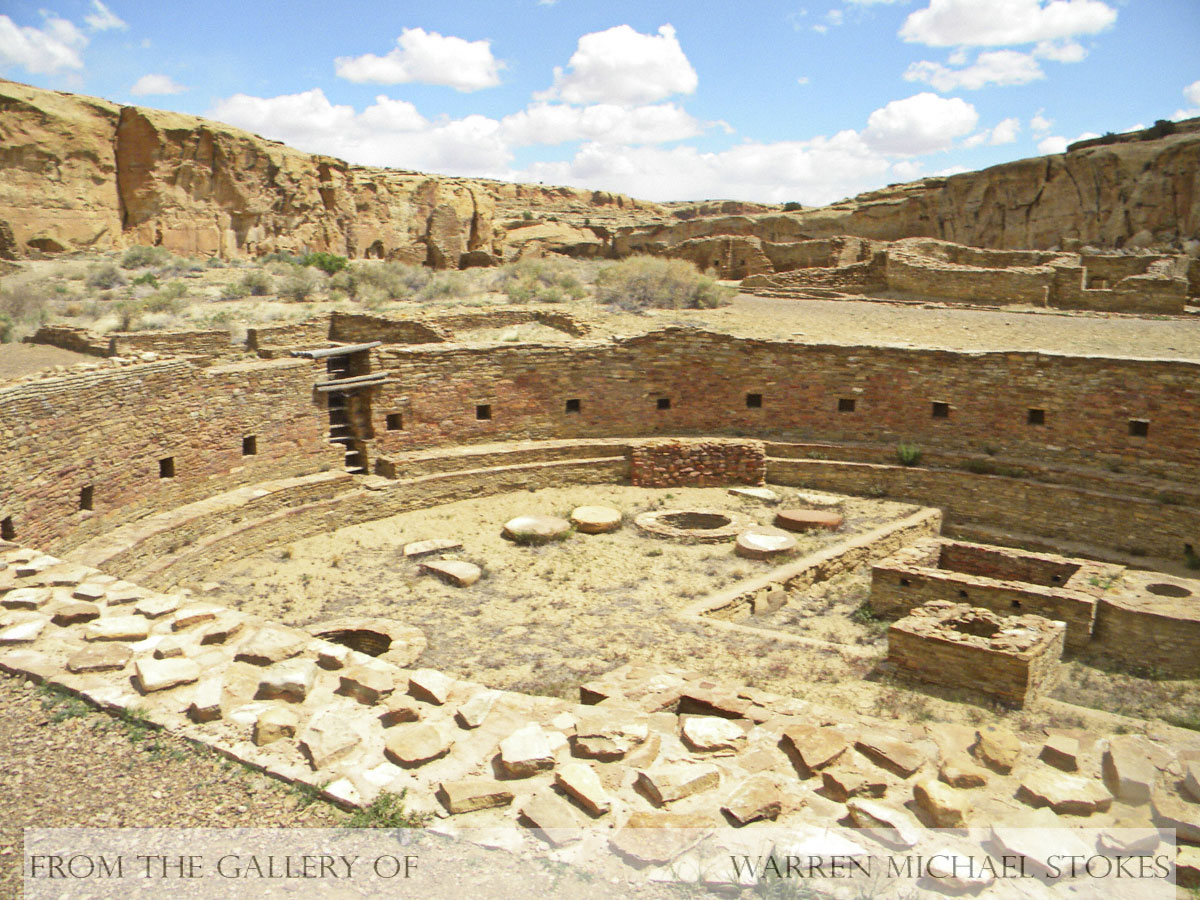
Chaco Canyon
Chaco Canyon is a very remote archaeological site. In 1987, it was designated a World Heritage Site. It is found in northeastern New Mexico. People began living in Chaco Canyon more than 3,000 years ago. They constructed enormous public and religious buildings (kivas), agricultural systems, dams, boulevards, as well as a complex system of roadways. At one time, as many as 5,000 Native Americans lived in Chaco Canyon. Archaeologists have named these people the Chaco Anasazi. Anasazi is a Navajo word that means “ancient ones.”
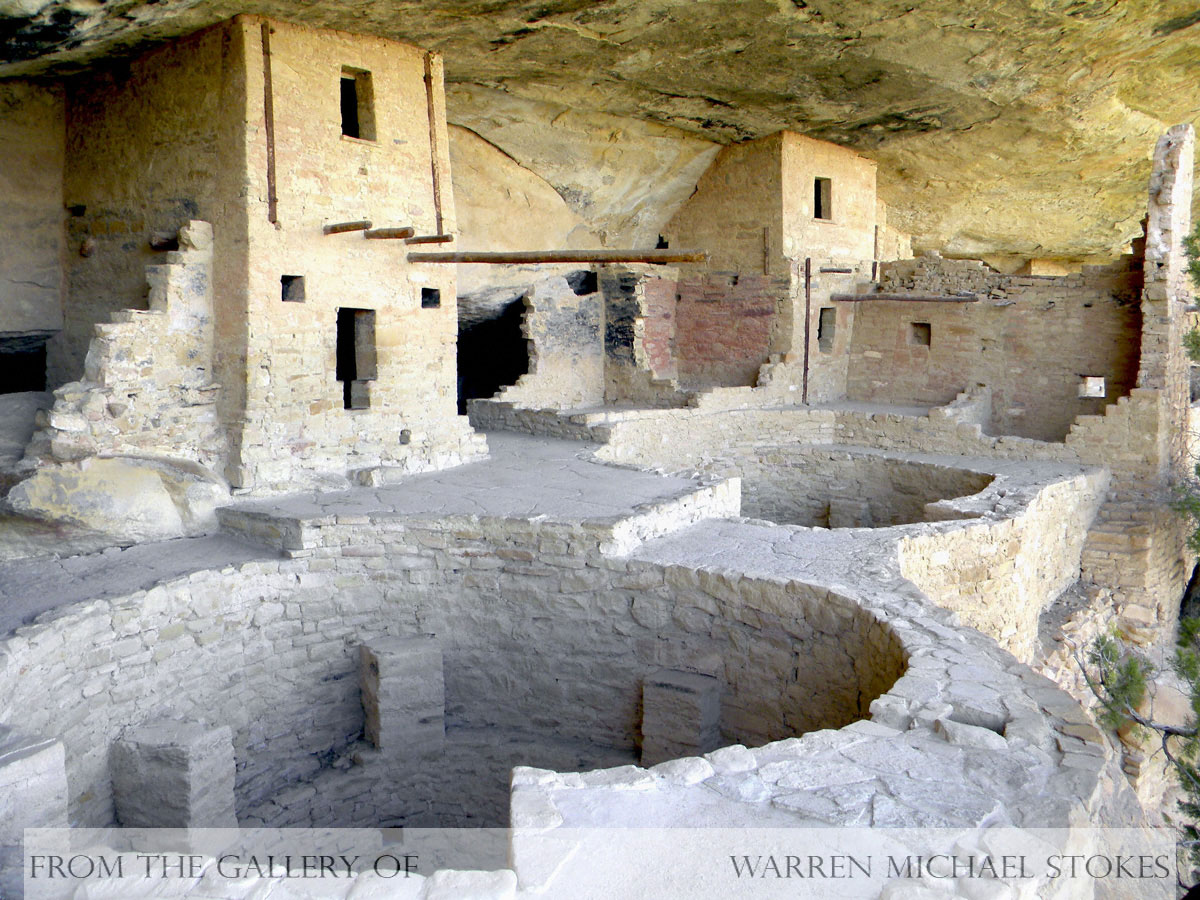
Mesa Verde
Archaeologists call the first people to occupy Mesa Verde, “Paleoindians.” Approximately, 11,000 years ago, these first people survived by hunting woolly pachyderms, horses, and giant bison. Gradually, the climate became warmer and the glaciers receded. At the same time new grasslands developed and grazers like deer, elk, and sheep replaced the larger animals.
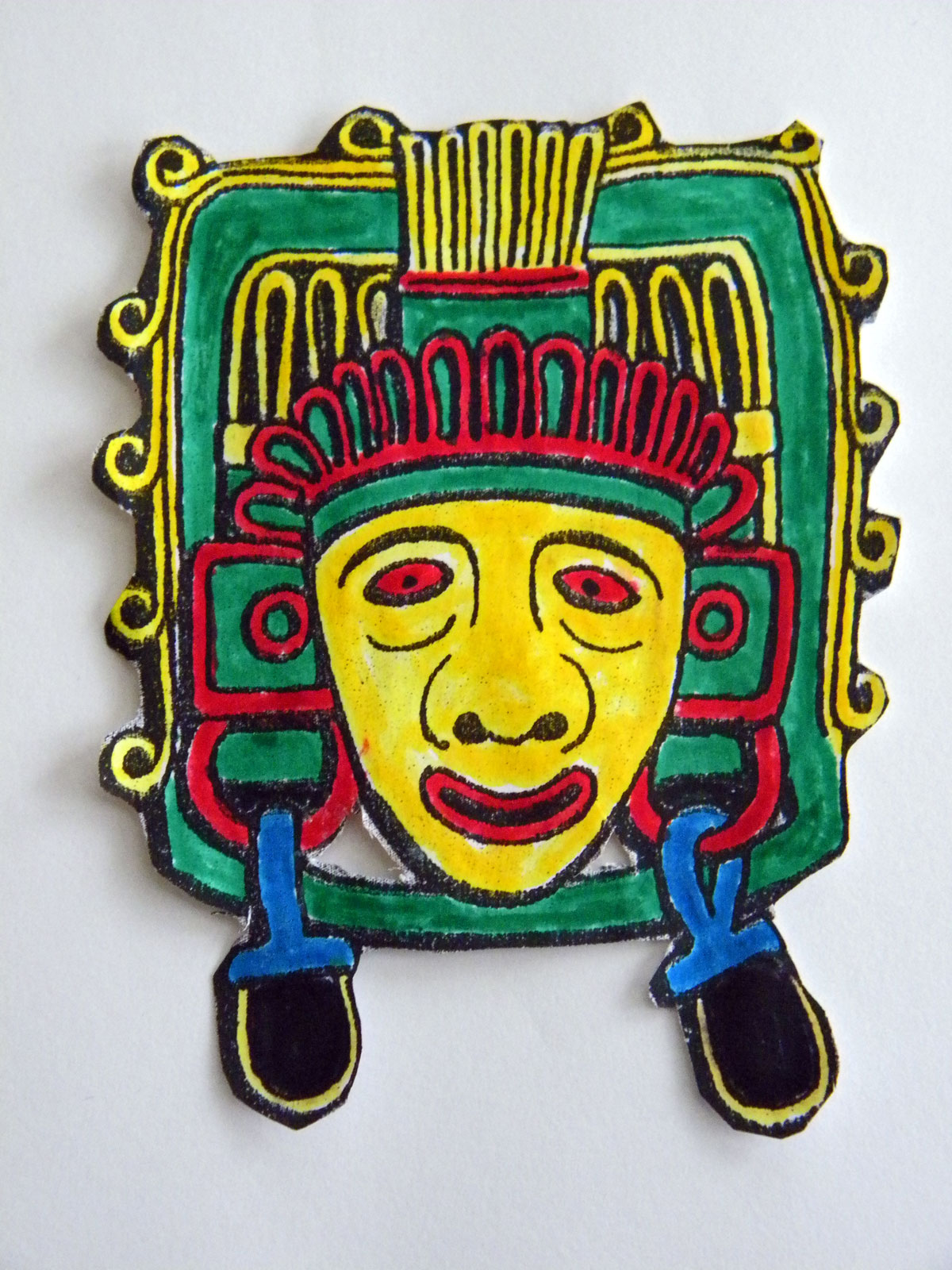
Moche Civilization
The Moche was a pre-Inca civilization. They flourished in northern Peru, near the Pacific Ocean, between 100 AD and 800 AD. Construction of the Moche capital in Cerro Blanco started shortly after the Chicama culture integrated into the Moche society.
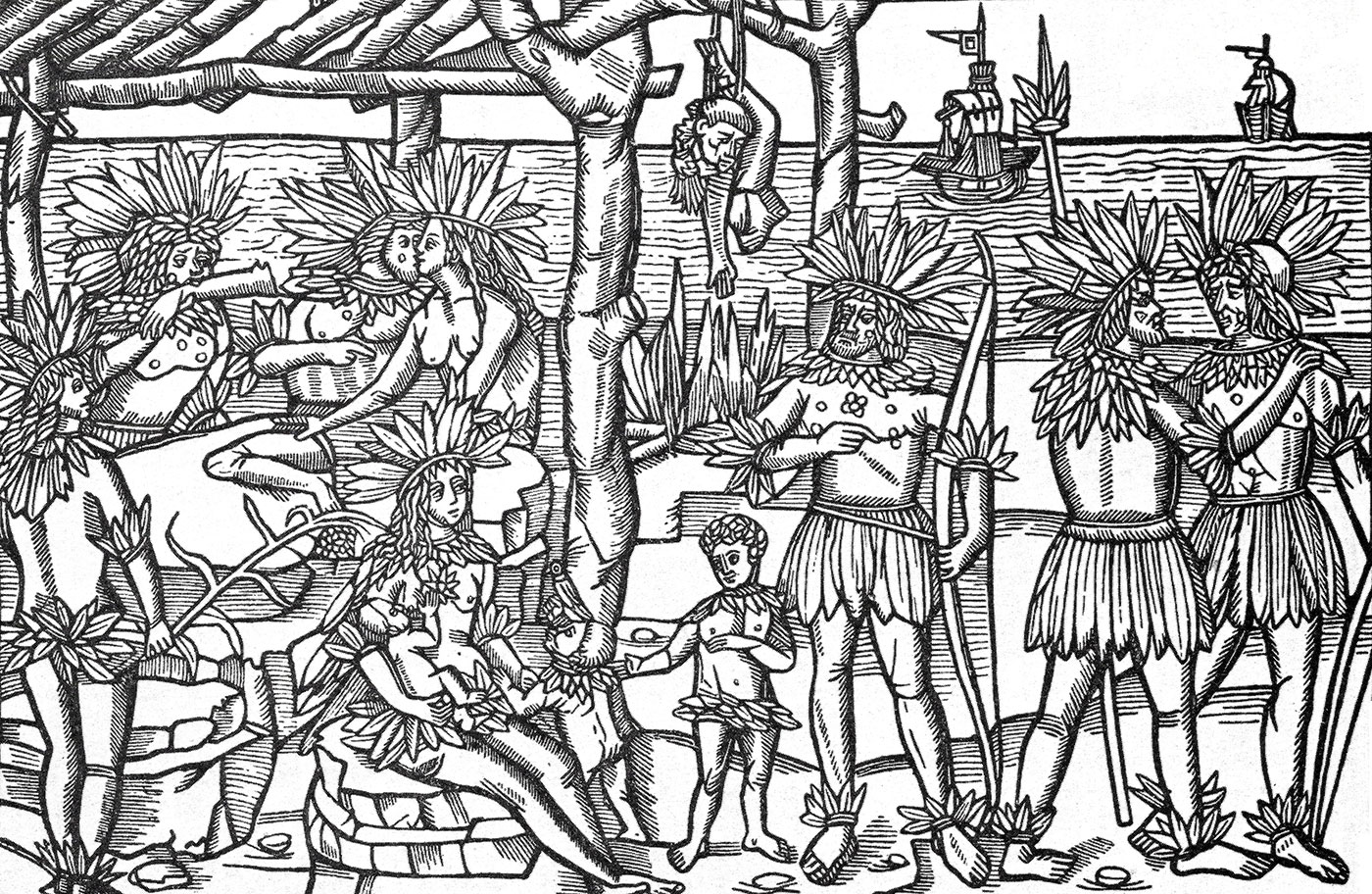
Monte Verde, Chile
The earliest evidence of human activity in the Western Hemisphere was uncovered in Monte Verde, Chile. Radiocarbon dating of bones and charcoal at this site tells us that people lived here about 33,000 years ago. This small group of people made their home on the banks of a small creek approximately 35 miles from the Pacific Ocean.
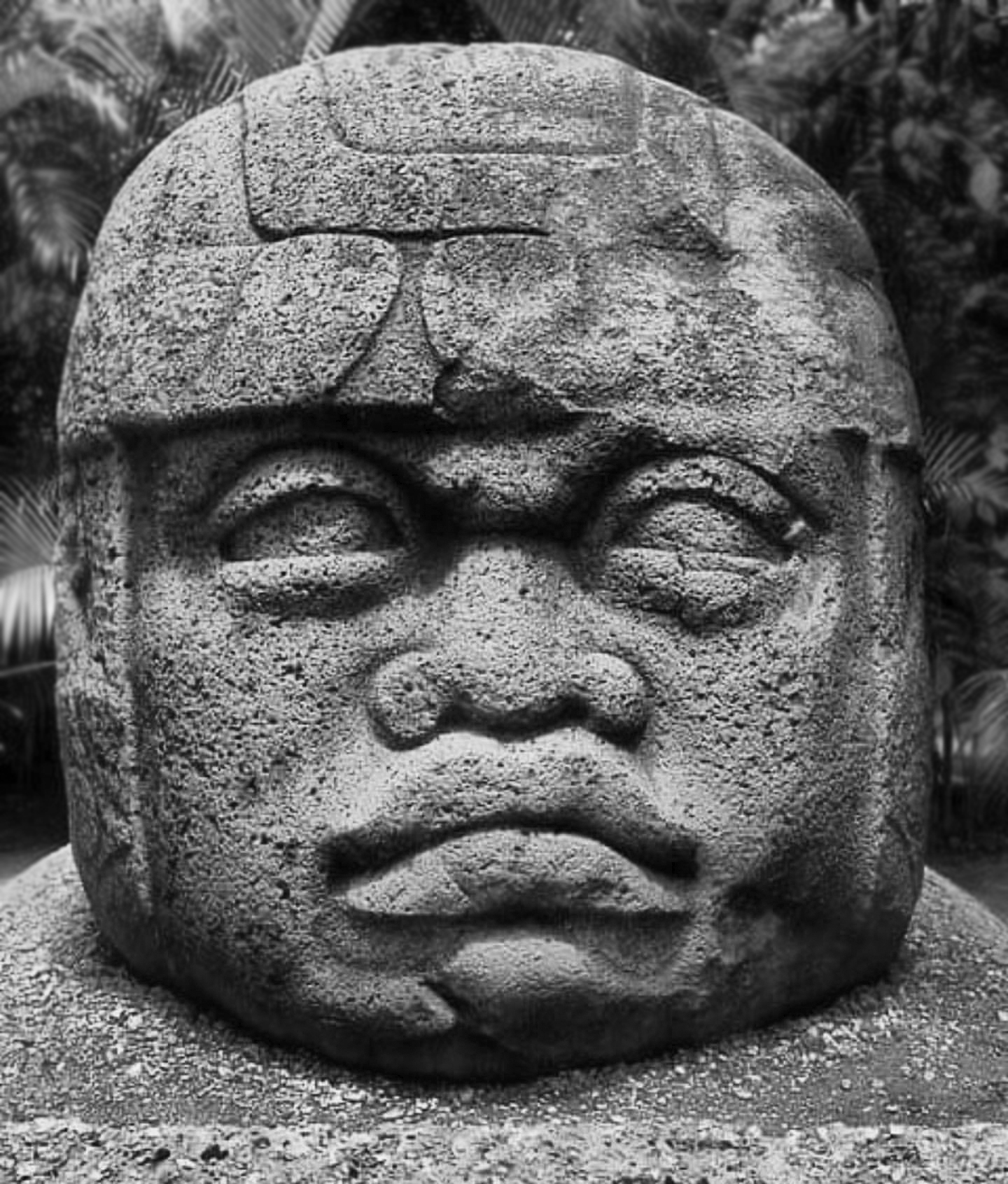
Olmec Civilization
Many archaeologist tell us that the Olmec culture represents the mother culture of all Mesoamerica cultures. No one knows the exact origins of these people. This is because the Olmec culture is one of Mexico's oldest civilizations. It existed from 1400 BC to 400 BC. The Olmec occupied an area that runs parallel with the Gulf of Mexico and is approximately 200 kilometers long and 50 kilometers wide. This area is now called Veracruz.

Teotihuacan Civilization
Historians are unable to explain the origin of the Teotihuacan culture. Even the exact dates of origin are uncertain. However, most agree that construction began sometime around 600 BC. Originally, it was believed that the city was constructed by the Toltecs. Eventually, this was disproved when it was determined that Teotihuacan was older than the Toltec capital of Tula.

Toltec Civilization
The Aztecs were strongly influenced by a culture that rose to power in the Valley of Mexico. This culture was called Toltec, and they rose to power after the collapse of Teotihuacan. The Toltec were masters of architecture, art, medicine, engineering, and calendrics. They were deeply religious, and deeply devoted to human sacrifice. Their capital was called Tula or Tollan, and it was located in the state of Hildalgo approximately 60 miles north of Mexico City. Here, using masonry, and precision craftsmanship, they built homes, temples, and palaces.
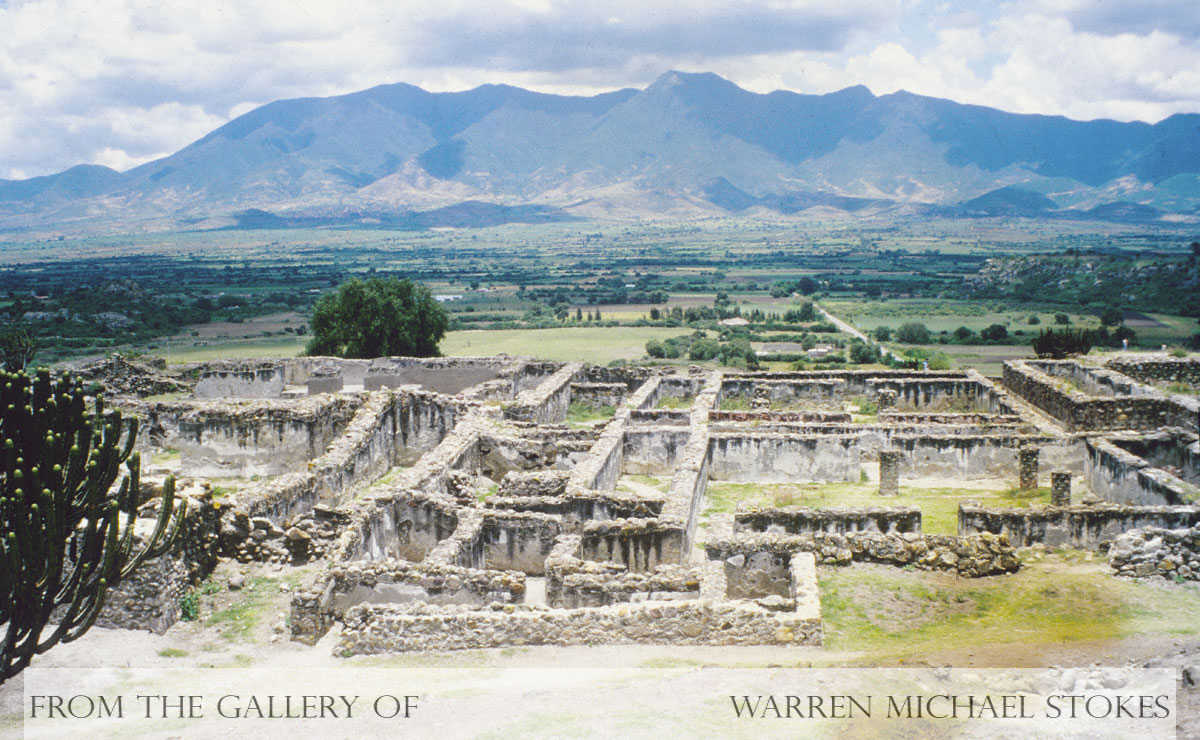
Zapotec Civilization
The first Zapotec were hunters and gatherers. They hunted mammoths, antelope, rabbits, deer, gopher, horse, squirrels, rats, fox, and quail. Largely, they hunted with spears and darts. Jackrabbits and pronghorn antelope were the mainstay of their diet.
